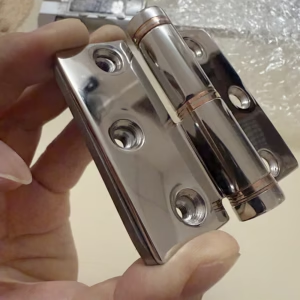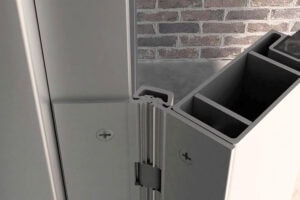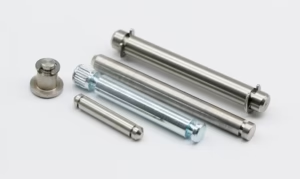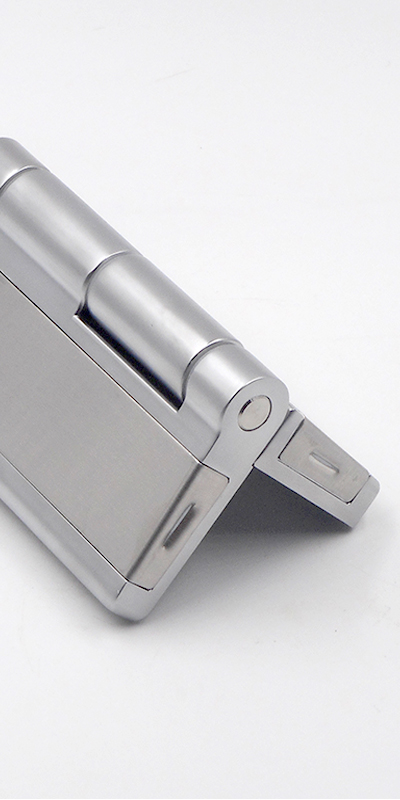Industrial-grade doors demand more than ordinary components.
Heavy duty barn hinges offer higher load capacity, greater structural integrity, and increased longevity compared to standard hinges, making them ideal for industrial applications where strength and durability are critical.
Let’s break down the real differences that matter in industrial environments.
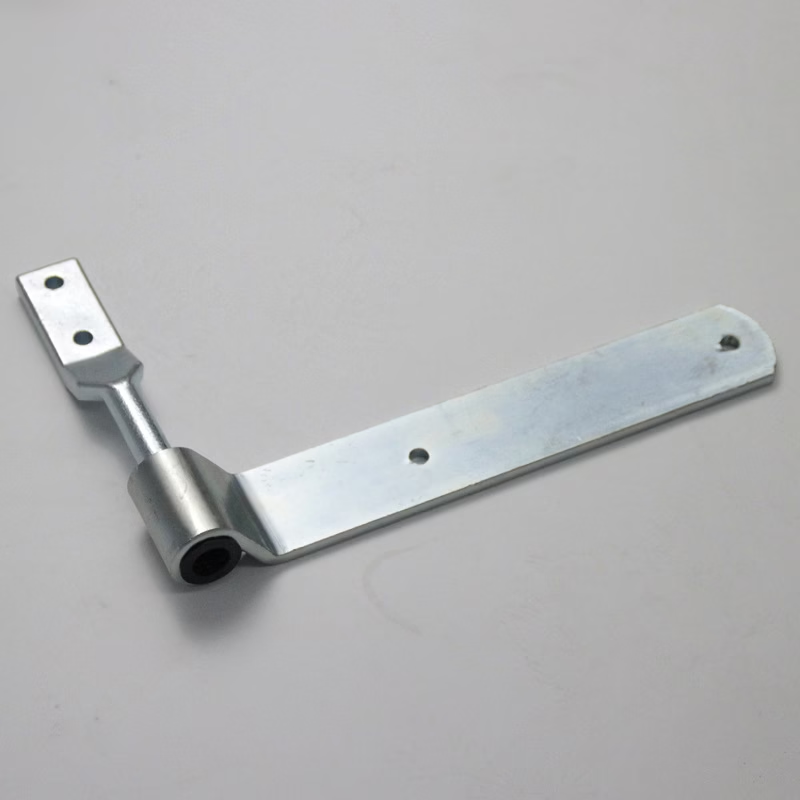
Material and Construction Differences
Heavy duty barn hinges are engineered with superior materials and reinforced designs. Unlike standard hinges, which may use lighter gauge steel or alloy materials, heavy-duty options frequently feature thick cold-rolled steel, forged stainless steel, or electro-galvanized finishes for corrosion resistance. These hinges often incorporate welded pins, sealed bearings, or staked leaf structures, making them suitable for high-impact use. In demanding industries such as cold storage, heavy-duty hinges need to endure temperature extremes and constant load pressure, conditions where standard hinges would fail prematurely.
For example, Heavy Duty Continuous Hinges are often chosen over standard butt hinges due to their ability to distribute weight across the entire length of the door. This structural advantage drastically reduces stress points and potential warping, especially on tall or wide doors.
In contrast, standard hinges typically use press-formed components and offer little resistance to torsion or misalignment over time. They’re ideal for light-duty cabinets or occasional-use doors, but not in environments where equipment doors are opened dozens of times a day under load.
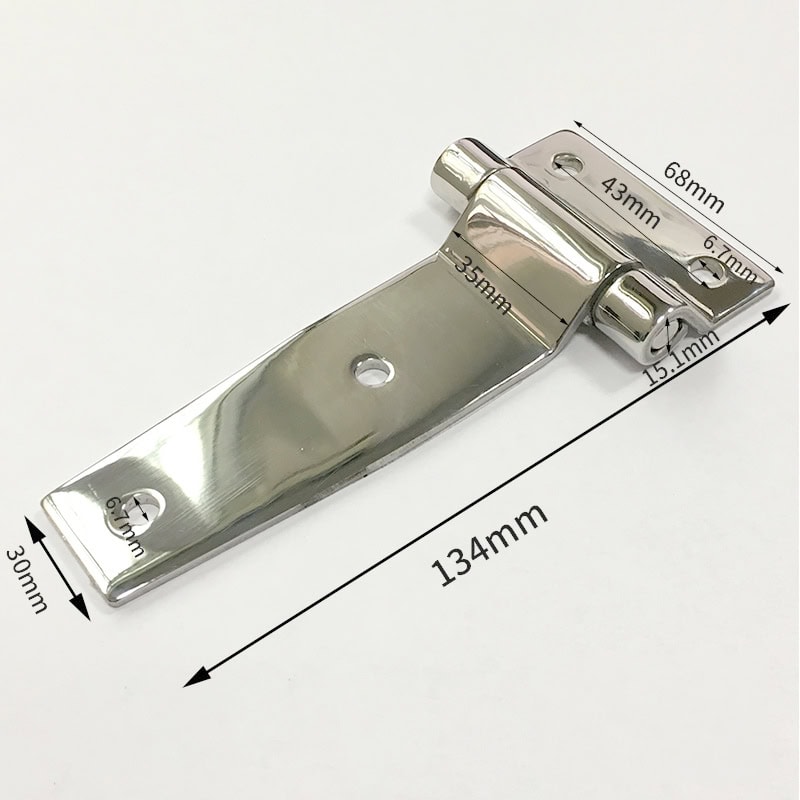
Load Capacity and Durability
The most immediate performance gap between standard and heavy duty barn hinges is load-bearing capacity. Heavy duty models are designed to support hundreds of kilograms without sagging or deforming. They’re built to perform in settings such as metal enclosures, industrial ovens, or electrical panels, where both safety and operational integrity depend on reliable hardware.
By contrast, standard hinges are rarely rated for high-load conditions. Their internal pins are thinner, and they typically lack the ball bearing systems or multi-axis support found in industrial designs. One example of superior performance is seen in Heavy Duty Detachable Barrel Hinges, which allow for easy maintenance without compromising on weight capacity or security.
Additionally, heavy-duty hinges undergo cycle testing to simulate tens of thousands of open/close movements—an essential feature in high-traffic installations. Standard hinges may show visible wear after only a fraction of that usage.
Mounting Style and Hinge Types
The mounting and design differences are equally significant. Heavy duty barn hinges often come in strap hinge or weld-on configurations, with elongated mounting plates and additional screw holes to distribute load. These are surface-mounted, making installation straightforward even on thick industrial doors or metal frames.
Some variants, such as Adjustable Friction Hinges, offer resistance control and fine-tuning, a feature almost never found in basic hinge types. These are ideal for situations where controlled movement is needed—like adjustable equipment panels or test chamber access doors.
In comparison, standard hinges are often limited to butt hinge formats, which require mortising and offer little flexibility. These are common on wooden doors and offer minimal adjustment, making them unsuitable for heavier materials or custom configurations.
| Feature | Heavy Duty Barn Hinges | Standard Hinges |
|---|---|---|
| Mount Type | Surface/Weld-On | Mortise |
| Adjustability | Yes (torque, position) | Rare |
| Bearing System | Ball bearing, friction | Pin-based |
| Application | Industrial, outdoor | Light-duty, indoor |
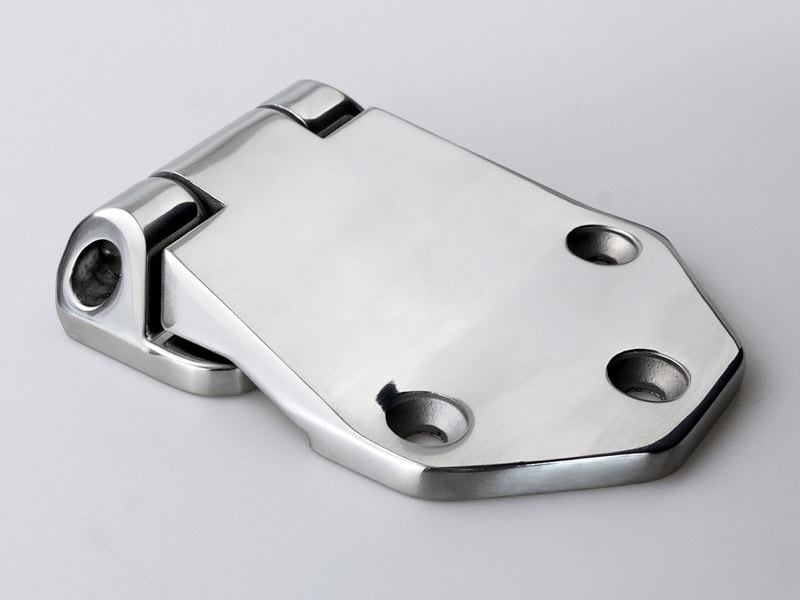
Typical Industrial Applications
Heavy duty barn hinges serve a broad range of industrial applications. They are critical in cold storage rooms, constant temperature chambers, outdoor equipment enclosures, and industrial trailers. These environments demand high resistance to vibration, corrosion, and frequent operation. For instance, cold storage room hinges are often engineered with seals and thermal breaks to withstand extreme environments and prevent condensation-related wear.
Some industries benefit from hinges like wide-throw hinges, which provide extended opening clearance—useful in confined machinery spaces or electrical cabinets. Another application includes take-apart hinges, allowing for quick door removal during maintenance without unscrewing the entire assembly.
Standard hinges, while cost-effective, are restricted to applications like access panels, office furniture, or interior doors that do not bear much load or require frequent operation. In environments where reliability and safety are non-negotiable, they’re a poor substitute.
Cost, Customization & Long-Term ROI
While the upfront cost of heavy duty barn hinges may be higher, the long-term return on investment is superior. These hinges reduce the need for frequent replacements, minimize downtime, and improve operational safety—key factors in commercial and industrial settings.
Moreover, heavy-duty hinges often support customizations such as:
-
Logo engraving
-
Custom torque settings
-
Specialized coatings (e.g., marine-grade stainless or zinc die finishes)
Standard hinges rarely offer these options. If you’re sourcing industrial components and looking to replace industrial door hinges, it’s crucial to assess total lifecycle cost—not just purchase price.
Clients who require adjustable concealed hinges or outdoor industrial hinges for harsh-use environments will quickly see that a higher-grade hinge reduces operational headaches and long-term maintenance budgets.
Conclusion
Choosing between heavy duty and standard barn hinges depends on your environment, load demands, and long-term performance needs—industrial use cases almost always call for the heavy-duty option.

